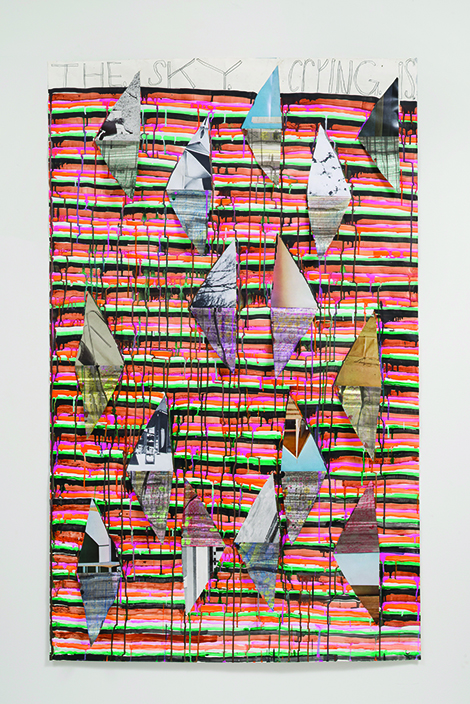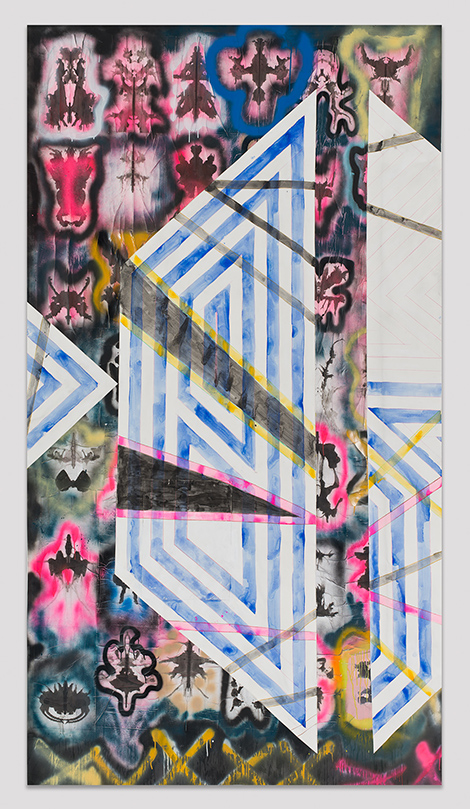“These Carnations Defy Language” started with Alexandra Grant and Steve Roden’s mutual enchantment with the writings of the French poet and essayist, Francis Ponge. Ponge created a form of prose poetry, in which he worked with highly ambiguous and elliptical language to wrestle with the opacity, even the pre-eminent suchness, of objects. Grant and Roden share with Ponge this distrust, or maybe even rejection, of endowing art with the power to overwhelm the source of its inspiration, and they have each evolved ways of introducing viewers to the precariousness and uncertainty of their poetic assignments of meaning without renouncing their authorship. So like a pongé (a light material mix of silk and wool) both Grant and Roden individually and collaboratively remove a veil and erect a semi-transparent barrier between their art and its sources to keep the viewer circling and seeking an entry without being able to find a single unequivocal route that accesses their core meanings.

Steve Roden, the sky crying is, 2015, Courtesy of the Artist and Susanne Vielmetter Los Angeles Projects, Photo: Jeff McLane
The densely worked images that Steve Roden has elaborated here were drawn from and even taken out of an issue of Domus magazine, dating from April 1964 (the month and year of the artist’s birth) that was a gift from his father. The collaging, drawing and painting follows Roden’s practice of making numerous forays into mark making, painting, cutting and overlaying fragments until the separate elements almost coalesce into a whole. This instability of resolution is the result he creates that allows a viewer to see where he ended up and get a glimpse into his process, at the same time. By placing his poetic ‘solution’ into a set of brackets Roden keeps his art from becoming formulaic, from closing itself off in absolute certainty. His project is to wrest meaning from the world through the visual without losing the sense of the entire framework from which it is winnowed down.
The larger banner-like vociferous painted images from the “Antigone 3000” series that Alexandra Grant has fashioned here draw their impetus from her research into the Greek myth of Antigone. The painting, use of repeating motifs and shifts between layers of foreground and background operate with Grant‘s painterly style and continue her visual research into the use of literary texts as tangential source material for her imagery. The technique with which Grant creates useful quandaries for a viewer include shifting visibly between works in which patterns drop in and out of focus thus forcing a re-viewing of nearby similar, yet simultaneously and subtly different work. By using psychological motifs such as Rorschach-like blots and modern heraldic devices like bold chevrons, the artist pushes viewing between the spaces of intimate self-analysis and external pageantry. Her project checkmates any attempt to ascribe one reading to the images.
“These Carnations Defy Language” is a very satisfying interstitial voyage, and as suggested by the exhibition’s title, excerpted from a quote by Ponge, less about getting all the answers and more about formulating compelling questions.


